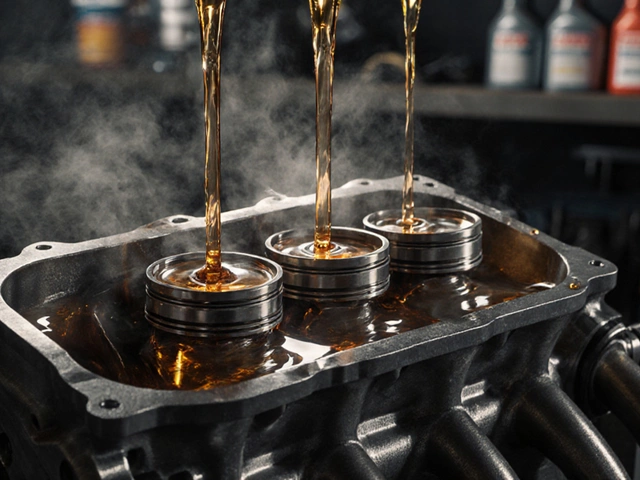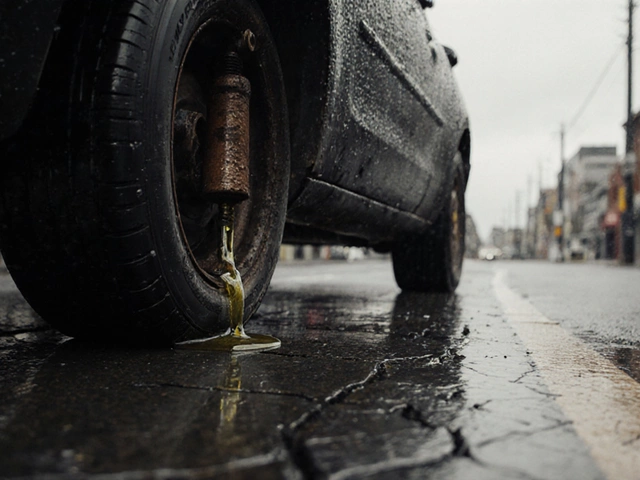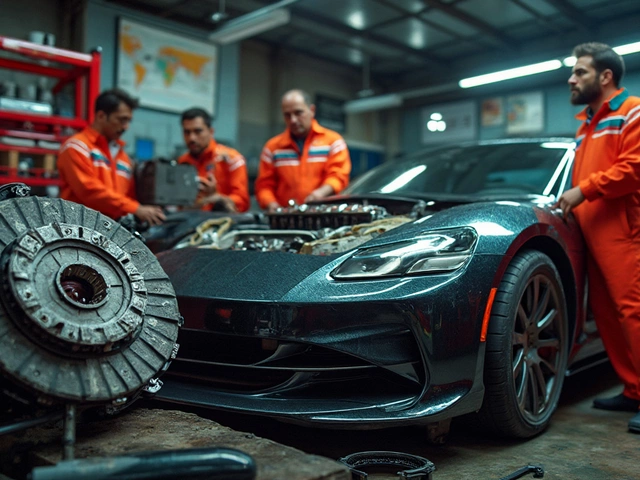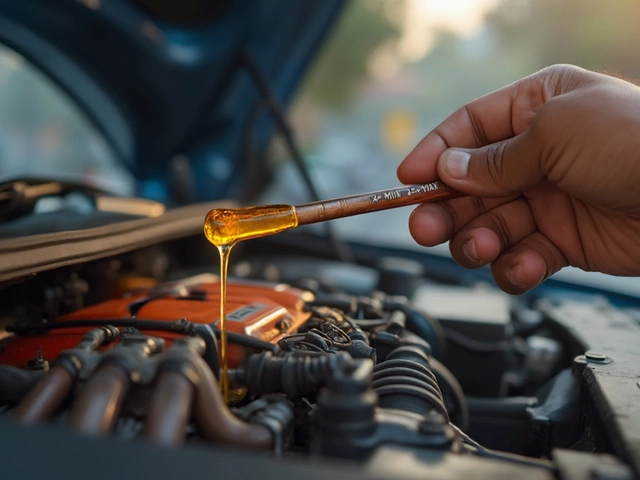Radiator Clog Clean: How to Fix a Blocked Car Cooling System
When your car overheats for no obvious reason, the culprit is often a radiator clog, a blockage in the cooling system that stops coolant from flowing properly. Also known as a coolant blockage, it’s not just a nuisance—it’s a silent killer of engines. If coolant can’t circulate, heat builds up, and your engine starts to cook. Even a small clog can lead to warped heads, blown gaskets, or a total engine failure if ignored. Most people think radiator problems mean leaks or cracks, but the real silent enemy is gunk—rust, scale, dirt, and old coolant sludge building up inside the tubes over time.
Modern cars still rely on the radiator, a heat exchanger that pulls heat out of coolant before it returns to the engine. Also called a cooling core, it’s not just a metal tank with fins—it’s a network of tiny passages that can clog faster than you think. Radiator flush, a process that removes debris and old fluid from the cooling system is the standard fix, but many skip it because it seems unnecessary until it’s too late. The truth? Most mechanics recommend a flush every 30,000 to 50,000 miles, but if you drive in dusty areas, use tap water instead of distilled coolant, or let oil mix into the system, you might need one every 20,000 miles.
What causes a radiator clog? Old coolant breaks down and turns acidic, eating away at metal parts and leaving rust behind. Cheap or mixed coolants create sludge. A leaking head gasket lets oil into the coolant, turning it into a thick, brown mess. Even air bubbles trapped in the system can form pockets that block flow. You won’t always see leaks or steam. Sometimes the only sign is your temperature needle creeping up on the highway, or your heater blowing cold air when it should be hot. That’s because the clog isn’t just stopping coolant from reaching the radiator—it’s also stopping it from reaching your cabin heater core.
Cleaning a radiator isn’t just about pouring in a bottle from the store. Real radiator clog clean, a targeted process to remove internal blockages and restore coolant flow requires draining the system, flushing with a proper chemical cleaner, then rinsing with distilled water. Skipping the rinse leaves residue that causes more clogs. And if your radiator is already corroded inside, no flush will fix it—you’ll need a replacement. That’s why checking the condition of the radiator fins and tubes matters as much as the flush itself.
Some people try to clean radiators with vinegar or baking soda. Don’t. These can damage aluminum parts and seals. Professional-grade cleaners are pH-balanced and safe for modern radiators. And if you’re not sure whether the clog is in the radiator or the thermostat or the water pump, you’re guessing—and guessing costs money. The posts below show you exactly how to diagnose the problem, what tools you need, how to do it yourself without making it worse, and when to walk away and call a pro. You’ll find real cost estimates, step-by-step methods, and what mechanics actually do when they say "we flushed the system." No fluff. Just what works.
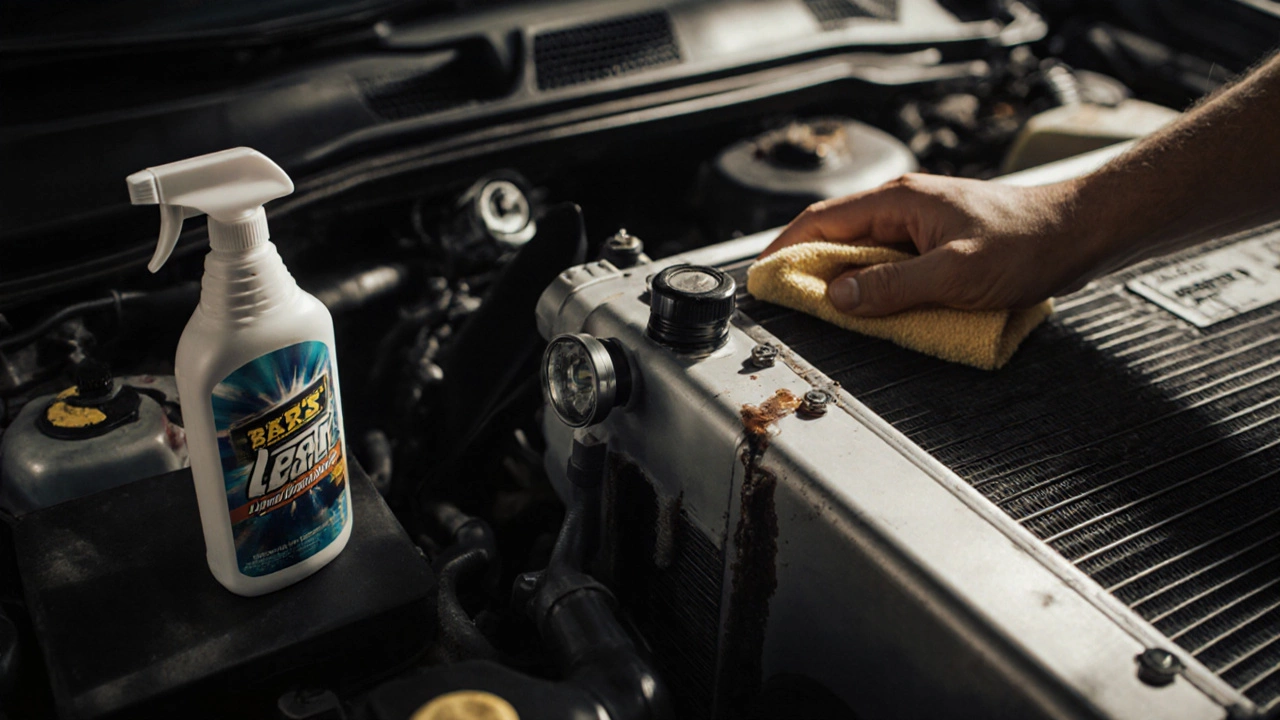
Can You Fix a Radiator Without Replacing It? Practical Fixes for Common Leaks and Clogs
You can often fix a leaking or clogged radiator without replacing it. Learn how to seal small leaks, flush clogs, and extend radiator life with simple, low-cost repairs that save hundreds.
CONTINUE READING